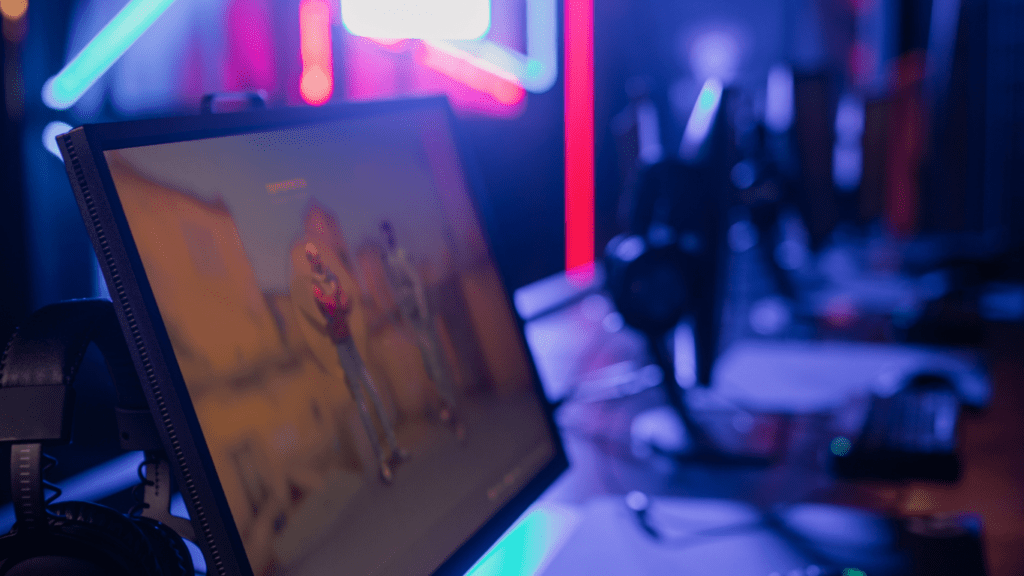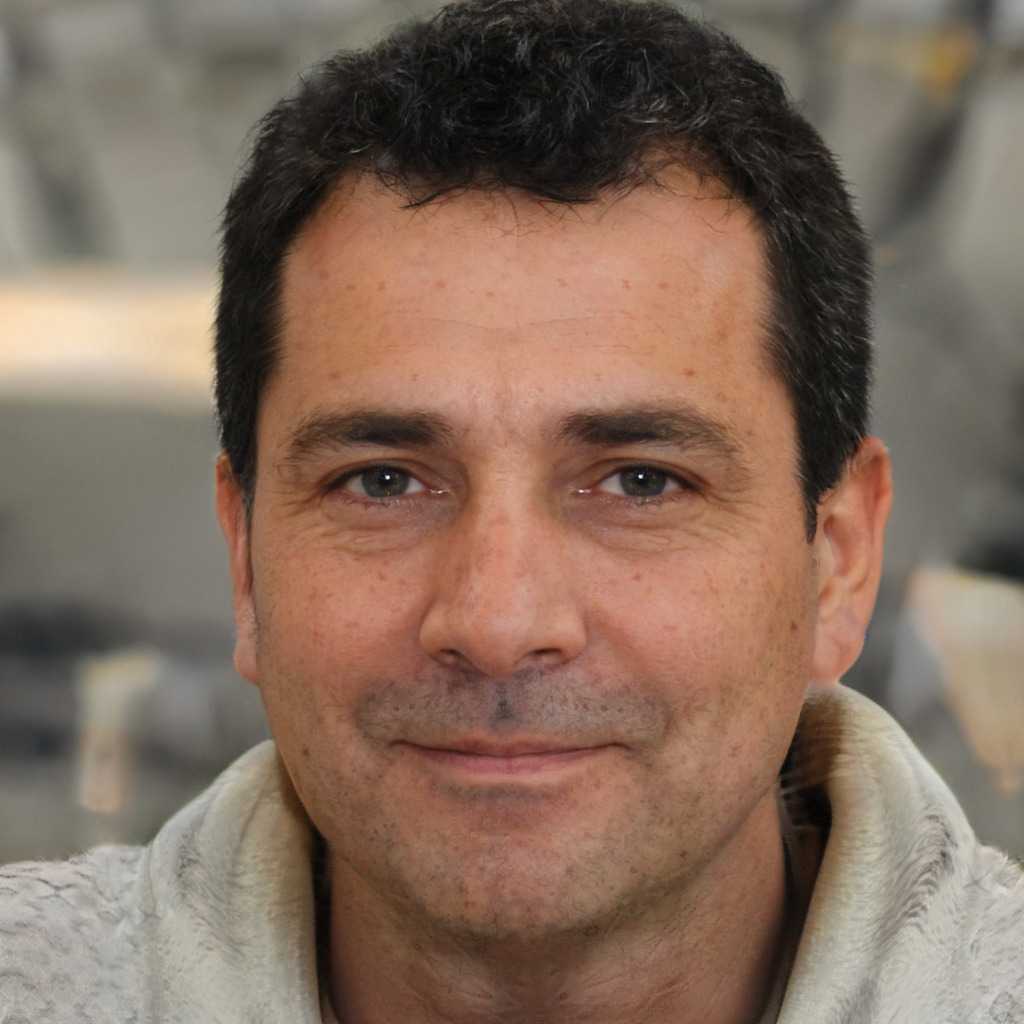Esports has exploded into a global phenomenon, captivating millions and turning gamers into celebrities. But behind every thrilling tournament victory lies a rigorous training regimen that often takes place in specialized facilities.
These spaces are not just about flashy equipment; they’re designed to cultivate skill, strategy, and teamwork among aspiring champions. In this article, I’ll dive into the world of esports training facilities and explore how professional players prepare for their biggest challenges.
From cutting-edge technology to tailored coaching programs, these environments play a crucial role in shaping the next generation of esports athletes. Join me as we uncover the secrets behind their success and the vital resources that help them secure victory.
Overview of Esports Training Facilities
Esports training facilities serve as crucial environments for professional gamers, fostering skill development and strategic growth. These centers provide high-performance equipment, including powerful gaming PCs, low-latency internet connections, and optimized peripherals like headsets and keyboards.
Training facilities often contain specialized areas for various activities. Players might find practice rooms for individual training, strategy discussion rooms for team meetings, and streaming studios for content creation and outreach.
Each space is designed to replicate real tournament conditions, enhancing performance under pressure.
Importance of Training in Esports
Training in esports is crucial for achieving peak performance. Players need to hone their skills, develop strategies, and maintain physical and mental well-being.
Physical Training
Physical training is integral to an esports regimen. Regular exercise improves stamina, coordination, and reaction times. Facilities often include access to gyms or fitness programs designed specifically for gamers.
For example, strength training and cardio workouts can enhance endurance during long gaming sessions. Nutrition programs tailored for esports athletes also complement physical training by ensuring proper energy levels and focus.
Many facilities emphasize the significance of maintaining a healthy lifestyle, encouraging routines that include balanced diets and fitness regimens.
Mental Conditioning
Mental conditioning plays a vital role in esports training. Players face intense pressure during competitions, requiring strong focus, resilience, and emotional control. Facilities incorporate mental coaching and exercises to bolster cognitive abilities.
Techniques may include visualization, meditation, and stress management strategies. High-level players engage in exercises to improve decision-making and reaction times under pressure. Regular mental training sessions can enhance overall performance, contributing to well-rounded skill development essential in high-stakes environments.
Features of Professional Esports Training Facilities
Professional esports training facilities offer advanced features designed to maximize player performance. These elements enhance skill development and facilitate rigorous preparation for competition.
State-of-the-Art Equipment
State-of-the-art equipment forms the backbone of any professional esports training facility. High-performance gaming PCs equipped with powerful CPUs and GPUs ensure smooth gameplay and quick response times.
Peripherals like responsive gaming mice, mechanical keyboards, and high-refresh-rate monitors give players the competitive edge needed to excel. Advanced voice chat systems and high-quality headsets facilitate clear communication during team training sessions.
Many facilities also integrate virtual reality technology and motion capture tools for enhanced practice environments. Comprehensive analytics software tracks player performance metrics, enabling targeted improvement strategies tailored to individual skill sets.
Team Collaboration Spaces
Team collaboration spaces are essential for nurturing teamwork and strategy development. These designated areas foster creativity and collective problem-solving, featuring large display screens for analyzing game footage and strategy discussions.
Configurable seating arrangements allow for flexibility in team setups, promoting both casual brainstorming and intensive tactical reviews. Breakout rooms provide a quiet environment for focused discussions and planning away from the main training area.
Meeting rooms often include whiteboards and planning tools to assist in organizing strategies. Overall, these spaces enhance communication and ensure that all team members stay aligned in their approach to competitive gaming.
Training Regimens of Top Teams
Training regimens of top esports teams reflect a structured approach that combines skill development, physical conditioning, and mental resilience. These elements contribute significantly to their performance during competitions.
Daily Schedules
Daily schedules in esports training facilities prioritize consistency and focus. Players generally engage in multiple activities throughout the day, including:
- Practice Sessions: Teams often practice for 6 to 8 hours, focusing on strategy implementation and gameplay mechanics. Each session includes specific drills that target individual player skills and team dynamics.
- Review and Analysis: Teams dedicate time to reviewing game footage. These analysis sessions help players understand their strengths and identify areas for improvement, enhancing their tactical understanding.
- Team Meetings: Regular meetings provide a platform to discuss strategies, player roles, and upcoming match preparations. Effective communication ensures all team members align on objectives.
- Physical Training: Incorporating physical workouts into the schedule improves players’ stamina and reaction times. Exercises typically include cardio, strength training, and coordination drills.
Nutrition and Recovery
Nutrition and recovery are essential components of training regimens for professional esports athletes. A balanced diet supports cognitive function and physical health, while recovery practices help maintain peak performance levels. Key elements include:
- Customized Meal Plans: Nutritionists often create tailored meal plans that focus on macronutrient balance, optimizing players’ energy levels. Meals typically include lean proteins, whole grains, fruits, and vegetables.
- Hydration: Maintaining proper hydration is vital for cognitive performance. Teams ensure players hydrate thoroughly to support concentration and endurance during long gaming sessions.
- Rest and Sleep: Recovery schedules emphasize sleep, as it is critical for mental clarity and physical recovery. Adequate sleep improves reaction times and decision-making abilities.
- Mental Recovery Techniques: Facilities often incorporate techniques like mindfulness and meditation into recovery routines, helping players manage stress and enhance focus.
These meticulously crafted regimens in training facilities help esports athletes prepare for competition, ensuring they perform at their best in high-pressure environments.
The Future of Esports Training Facilities
Esports training facilities are evolving rapidly to meet players’ needs. Future centers are likely to incorporate virtual reality (VR) and augmented reality (AR) technologies, providing immersive training experiences.
These advancements allow players to practice in diverse scenarios, enhancing their adaptability and strategic thinking. Facility design will focus on flexibility and collaboration. Spaces will expand to accommodate more interactive environments, fostering teamwork through specialized areas for strategy sessions and game analysis.
Enhanced communication tools will facilitate real-time feedback, improving team synergy.


 As a content specialist and tech-savvy gaming enthusiast, Christopher Elliotterio brings clarity and depth to Power Gamer Strategy Hub’s tutorials and player guides. His contributions focus on helping gamers master mechanics, optimize strategies, and explore new genres with confidence. Through his accessible and detailed writing, Christopher plays a key role in educating and empowering the gaming community.
As a content specialist and tech-savvy gaming enthusiast, Christopher Elliotterio brings clarity and depth to Power Gamer Strategy Hub’s tutorials and player guides. His contributions focus on helping gamers master mechanics, optimize strategies, and explore new genres with confidence. Through his accessible and detailed writing, Christopher plays a key role in educating and empowering the gaming community.